The epic battle across space and time continues with Mortal Kombat 11. The newest addition to the fighting game series includes new characters, looks, and fighting styles. But before we dive too deeply into the bone-breaking moves, let’s look at how much blood is spilled from the PC system requirements.
Minimum
- OS: 64-bit Windows 7 / Windows 10
- Processor: Intel Core i5-750, 2.66 GHz / AMD Phenom II X4 965, 3.4 GHz or AMD Ryzen 3 1200, 3.1 GHz
- Memory: 8 GB RAM
- Graphics: Nvidia GeForce GTX 670 or NVIDIA GeForce GTX 1050 / AMD Radeon HD 7950 or AMD Radeon R9 270
- DirectX: Version 11
Recommended
- OS: 64-bit Windows 7 / Windows 10
- Processor: Intel Core i5-2300, 2.8 GHz / AMD FX-6300, 3.5GHz or AMD Ryzen 5 1400, 3.2 GHz
- Memory: 8 GB RAM
- Graphics: Nvidia GeForce GTX 780 or Nvidia GeForce GTX 1060-6GB / AMD Radeon R9 290 or RX 570
- DirectX: Version 11
Author’s Specs
- OS: Windows 10 (64-bit)
- CPU: Intel Core i7 980 @ 3.33 GHz
- Memory: 24 GB RAM
- Graphics: Nvidia GeForce RTX 2070, 8 GB
It turns out the PC system requirements are pretty modest, requiring little more than an Intel Core-i5 CPU and an Nvidia GeForce 1060 video card for high graphics settings. My rig far exceeds the recommended system requirements, so things should play smoothly.
PC Graphics Settings
After running a series of benchmark tests, Mortal Kombat 11 unsurprisingly pushed all the graphics options to their maximum settings. My screen is set to 2560 x 1440 resolution with a 144Hz refresh rate and the v-sync feature turned off. However, my monitor does not support high dynamic range (HDR), so that remained turned off. Dynamic Resolution, which changes the game resolution to maximize frame rates, and Frameskip (which purposefully skips rendering frames to maintain 60 frames per second) are also turned off.
Advanced graphics options include adding bloom and ambient occlusion effects to create softer lighting, while high-quality textures offer more detailed characters and environments. Additionally, particle effects can be handed off to the CPU if your graphics card has difficulty handling them. There’s no perceivable difference on the computer I was using, but it could be a valuable feature to have when playing on a lower end system or a notebook without a dedicated video card.
The quality differences between the minimum and maximum settings are quite stark, as shown in the images below. At minimum settings, there’s some blurriness in the sky and the low-quality shadows drain much of the definition from the scene. The canon’s shadow looks like a big blob, and Sub Zero’s right foot kind of looks like it’s hovering off the ground.
The differences are even more apparent in action scenes. Weapons lose their flashy effects when at low settings. Meanwhile, details like the damp puddle on the ship’s deck are much more apparent with high-quality lighting.
Locked In Framerate
But what do the detailed graphics cost in terms of performance? Not much. I got an average of 59 fps (we’ll just call it 60) at both minimum and maximum settings. The game is framerate locked at 60 fps, and its benchmarks only reach that limit. I confirmed this by turning on a separate framerate counter while running the benchmarks. It doesn’t matter what quality settings or resolutions I chose.
With that being the case, there’s little sense in changing the settings once you have the optimal beauty to performance ratio, as the game doesn’t go any faster than 60 fps. However, I did see a minimum framerate difference between the two settings, with 43.25 fps at max settings and 57.76 fps at minimum graphics. So, there is some value in lower settings to gain better framerate consistency.
Whether the trade-off is worth it is up to you. Although max settings are acceptable for online multiplayer, which enables Frameskip by default, I was able to get a more consistent framerate by tweaking the antialiasing and anisotropic filtering settings. Otherwise, simply switching to the “High” graphics setting also gets the job done, with fewer changes to the game’s quality.
Final Round
While a locked framerate is understandable for online play and overall balancing, it’s still a little disappointing to have in a fighting game. I’d like to see how the game performs without limits in offline mode. But given the relatively light system requirements, exceedingly high framerates could make the game more difficult to play.
Otherwise, Mortal Kombat 11 accomplishes what it sets out to do. Namely, it delivers hard-hitting action, blood-soaked fatalities, and plenty of combos to customizations for players to pick up. All without having to make too many changes or sacrifices on moderate to high powered PC gaming systems.

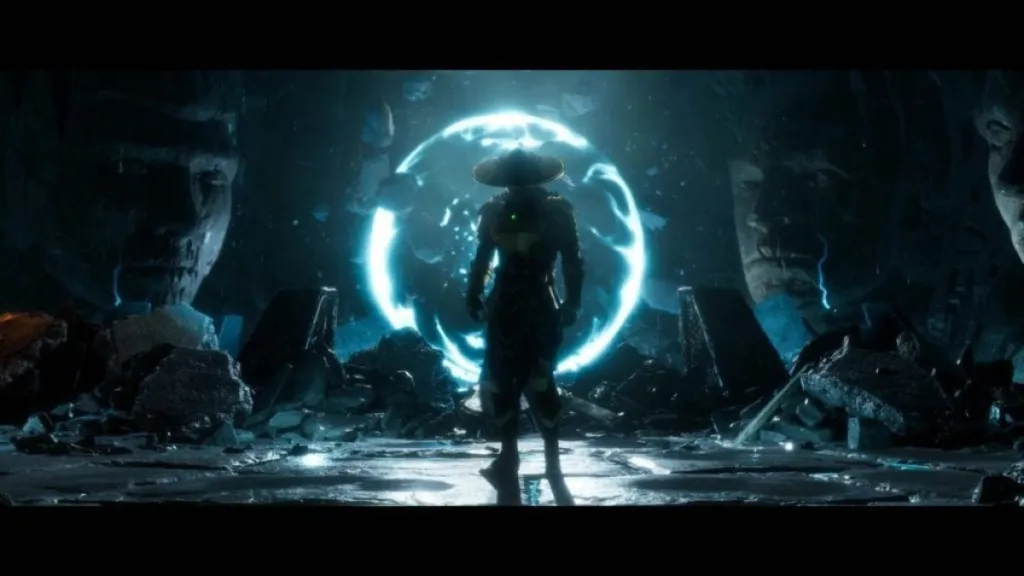
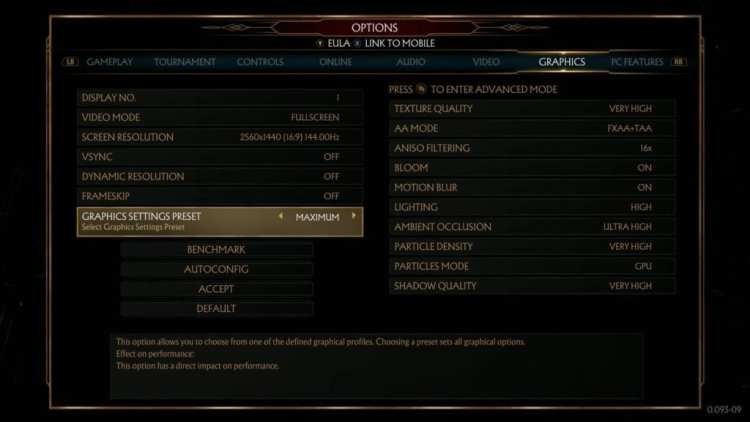
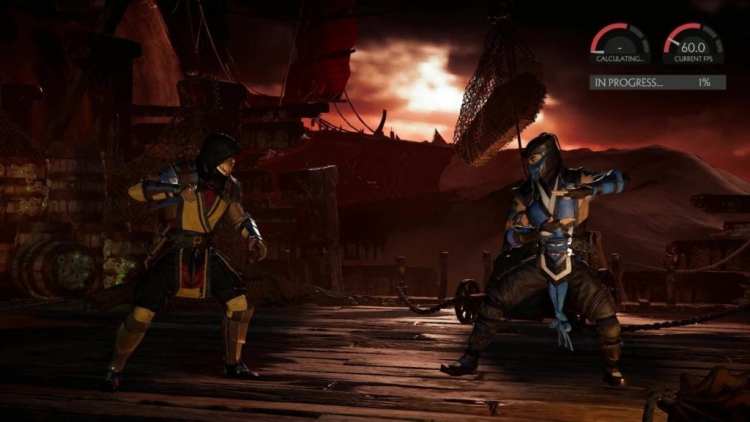

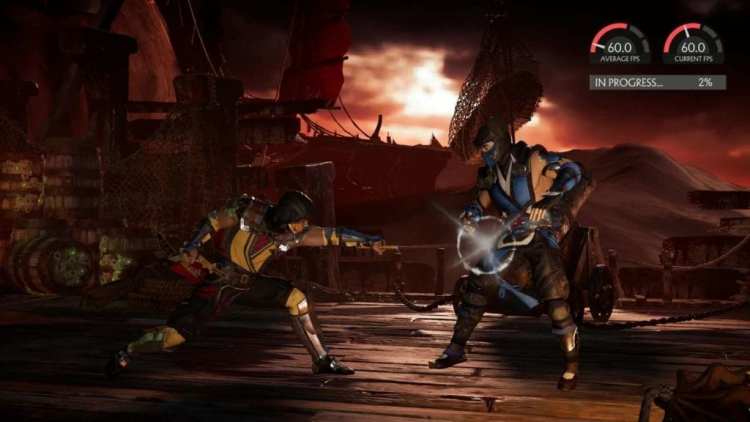
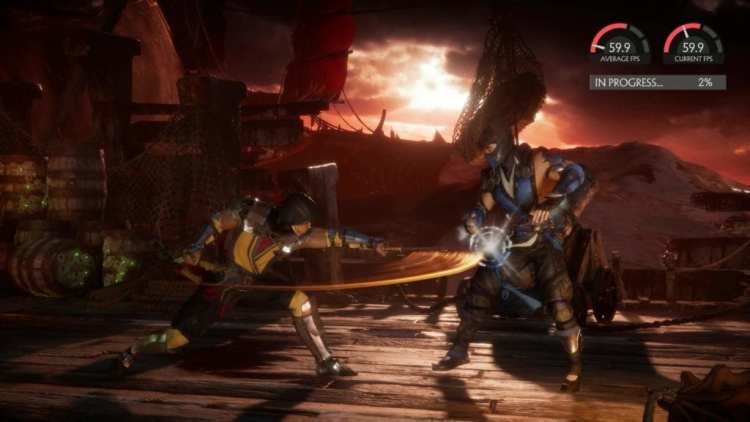
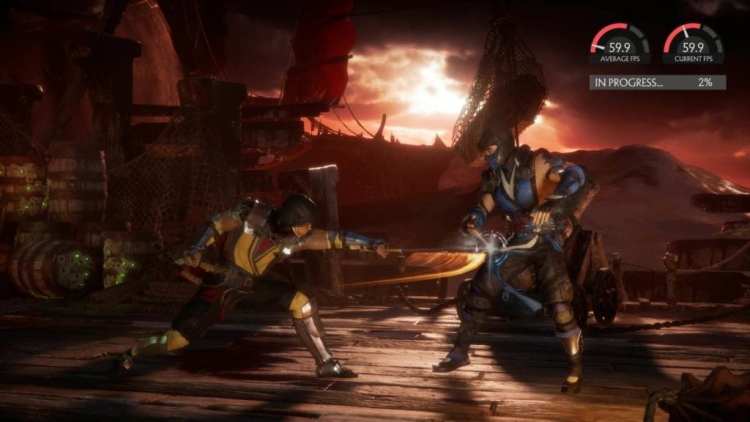





Published: Apr 23, 2019 07:51 pm